-
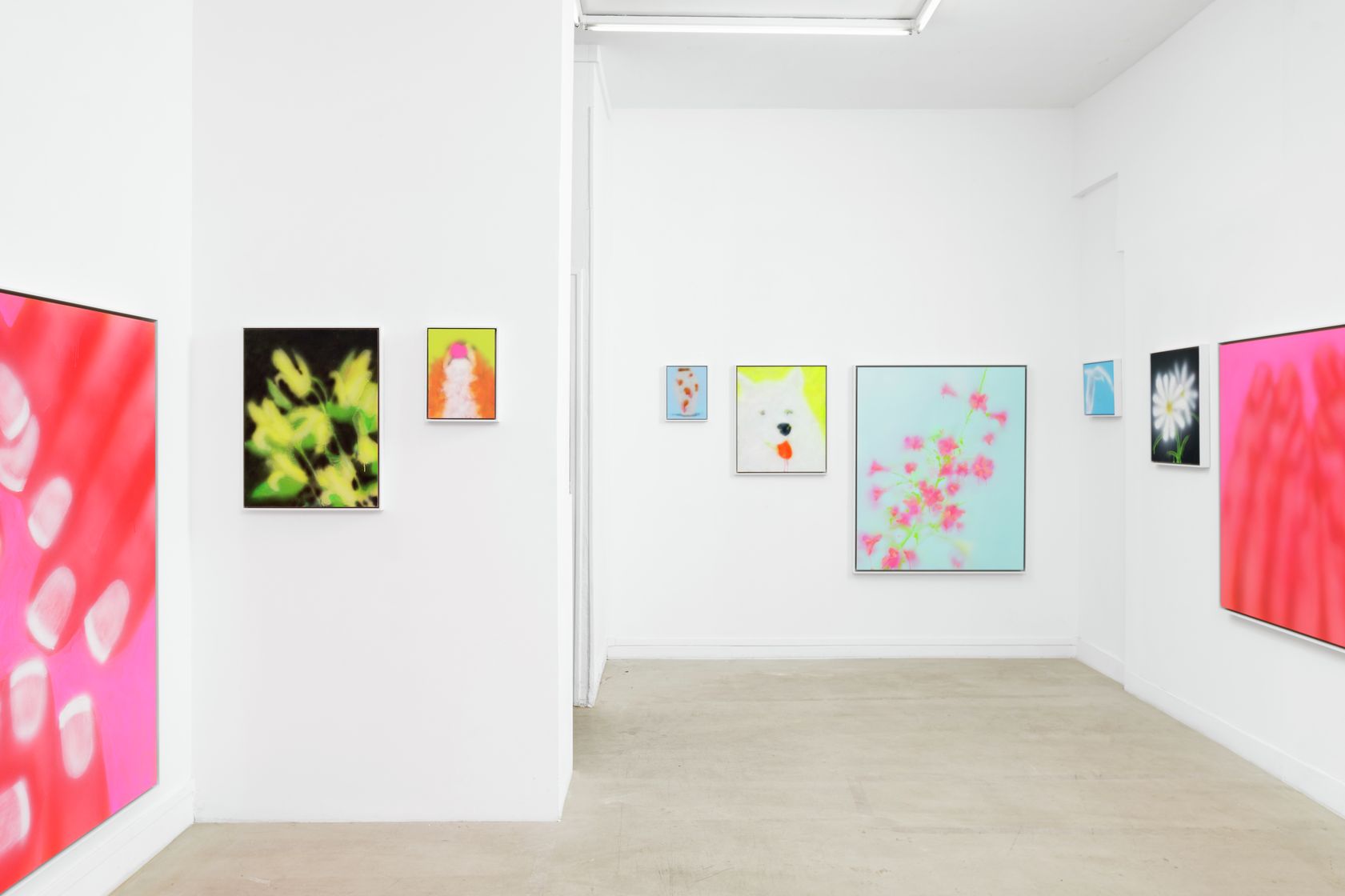 1/7
1/7
Kevin Ford, For Sure
-
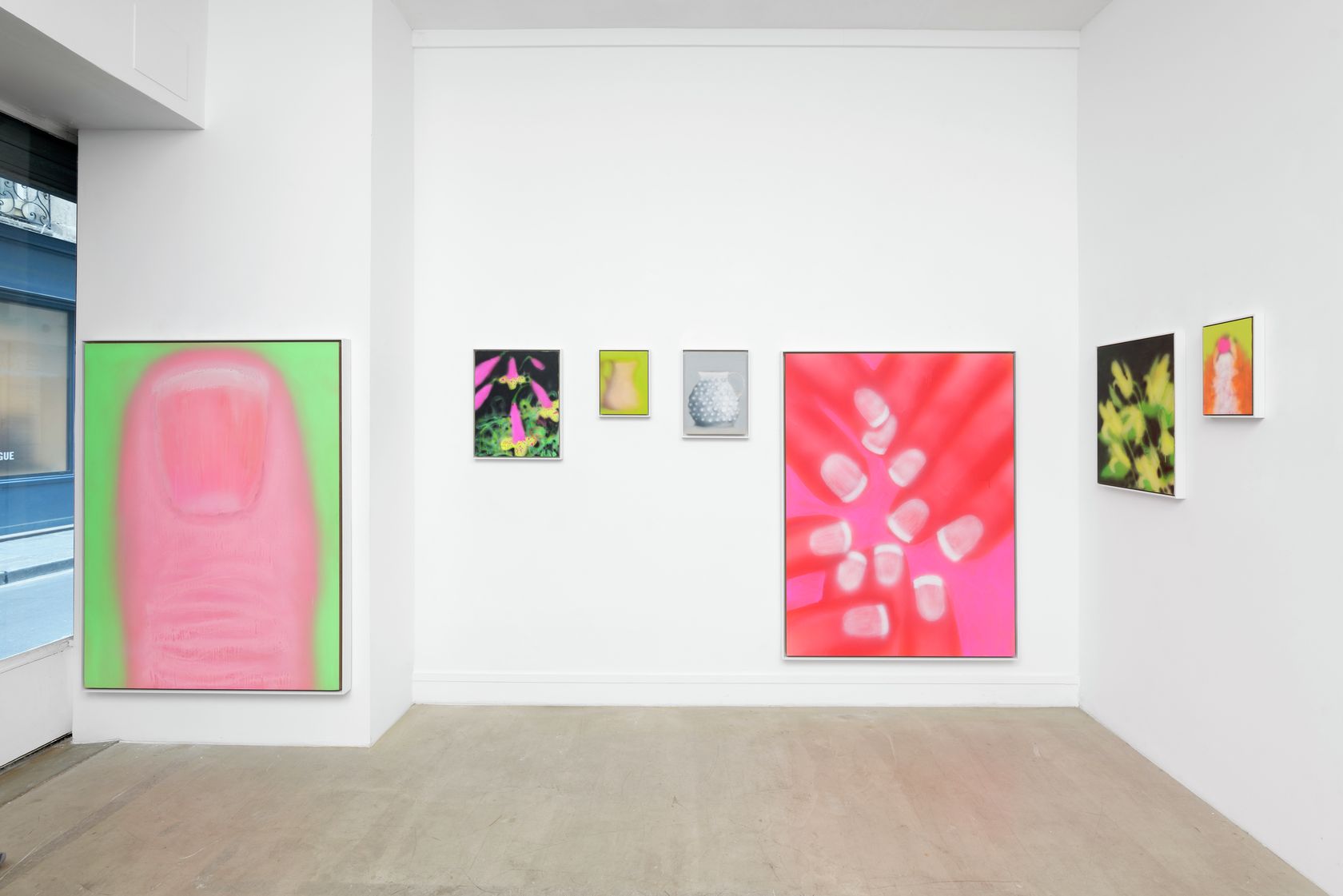 2/7
2/7
Kevin Ford, For Sure
-
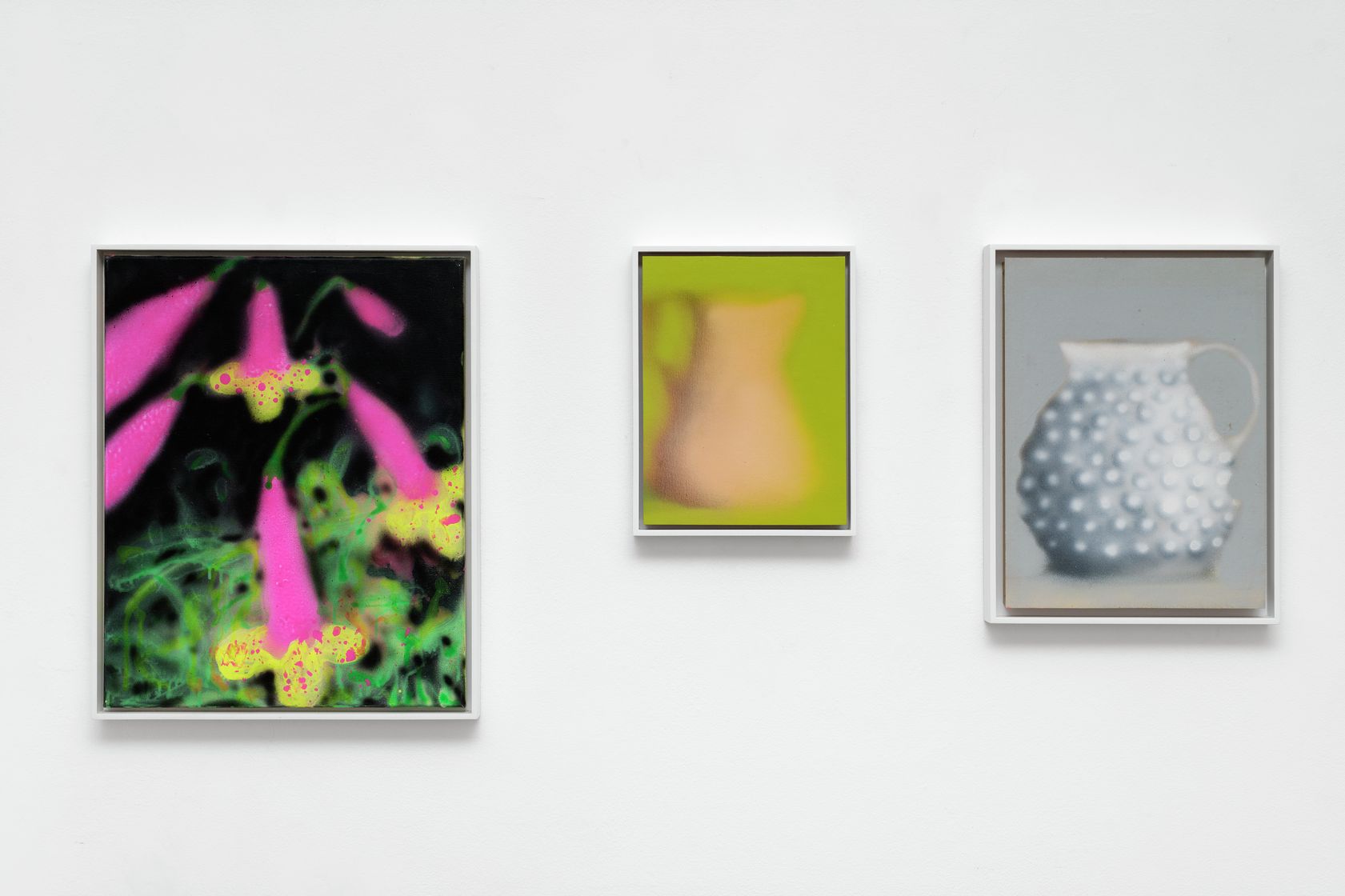 3/7
3/7
Kevin Ford, For Sure
-
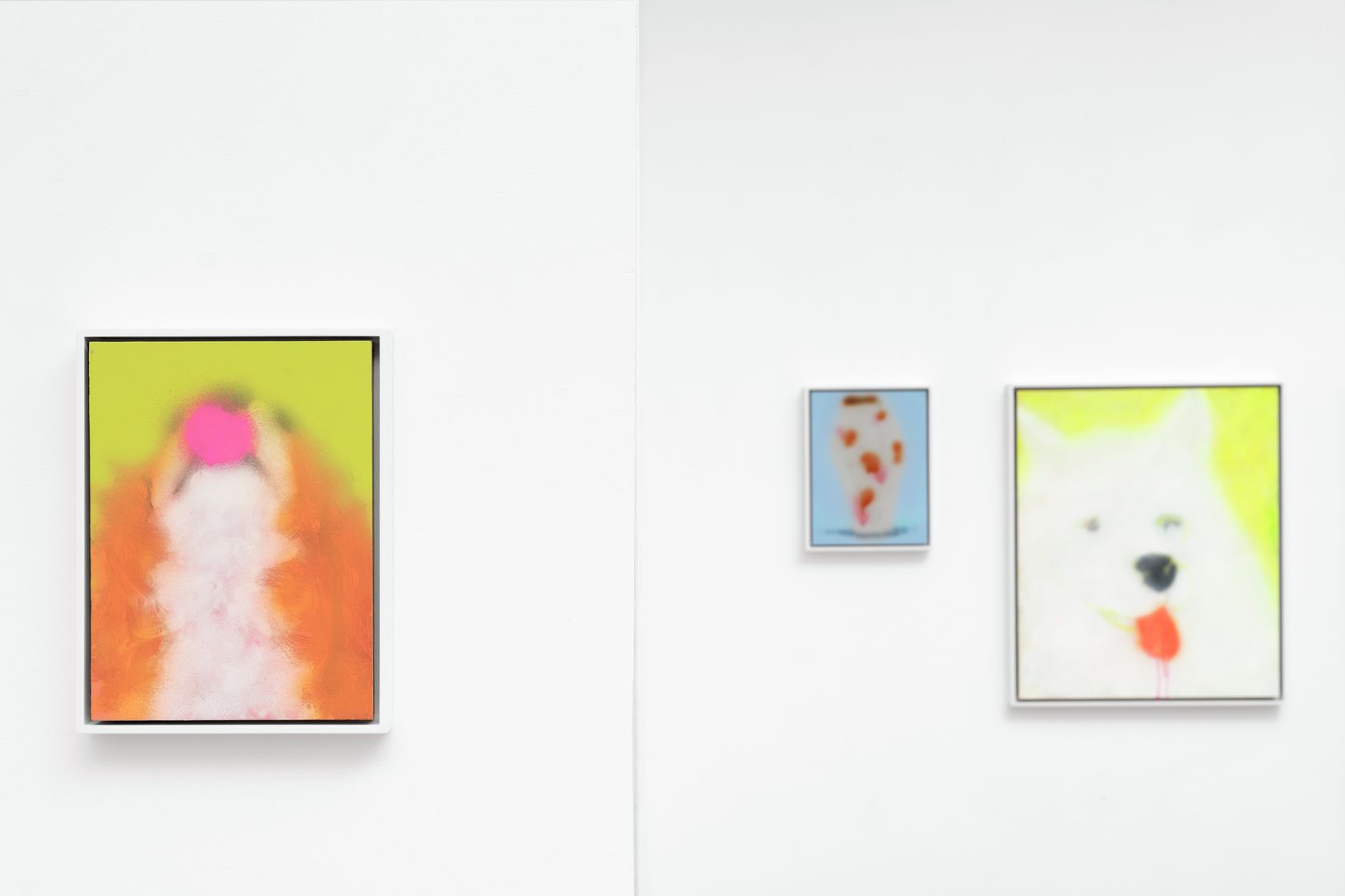 4/7
4/7
Kevin Ford, For Sure
-
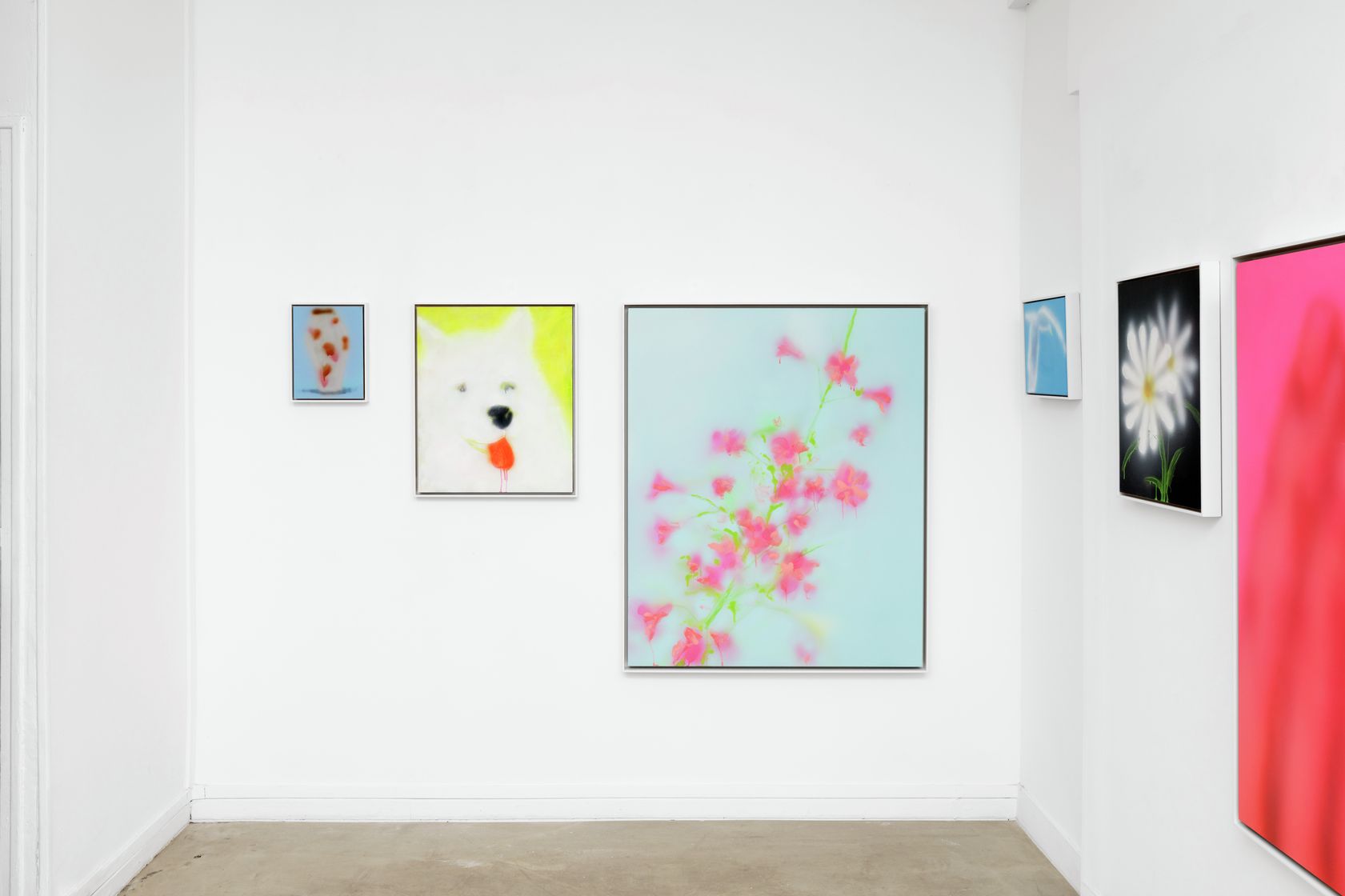 5/7
5/7
Kevin Ford, For Sure
-
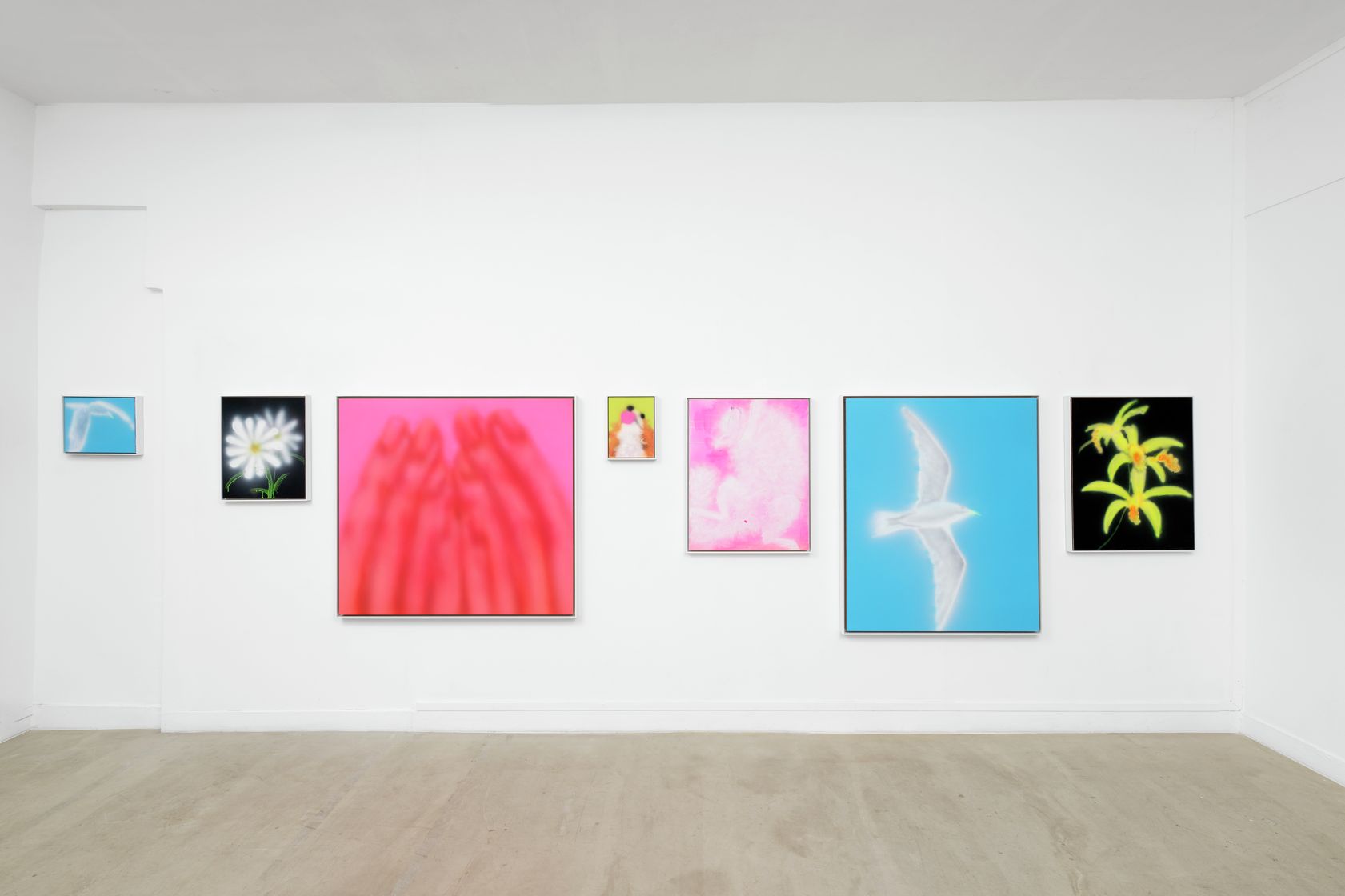 6/7
6/7
Kevin Ford, For Sure
-
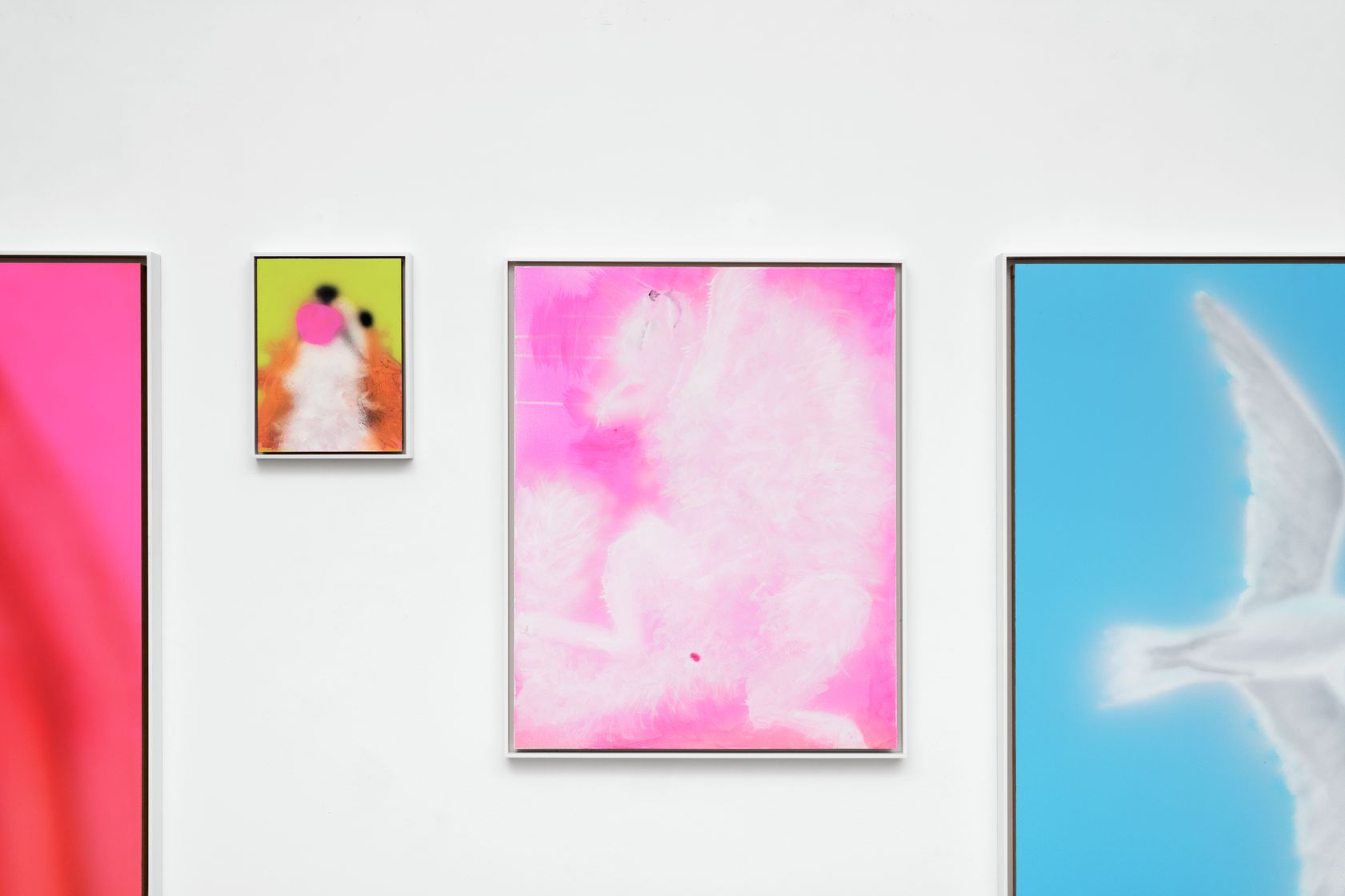 7/7
7/7
Kevin Ford, For Sure
Click here to enter the exhibition
Semiose is delighted to welcome the American painter Kevin Ford to the Project Space at 48, rue Chapon for his first exhibition in France.
Kevin Ford’s oeuvres address one of paintings primordial subjects, that of exploring the experience of perception, by dissecting the different degrees that lie between the vision of the real object and its painted image.
Whether it’s a question of Sfumato pushed to its limits or an atmospheric perspective, the blur of a 35mm camera or the pixelisation of low definition images, frost on the glass of a window or a ghostly apparition, the blurred vision of a newborn baby or the fading sight of an old man, the mist that enshrouds Kevin Ford’s images, through its strange familiarity, immediately awakens fertile realms of the imaginary.
Whether we glance fleetingly at things or carefully examine them in detail, objects and beings become fixed in our visual memory and it is precisely these reminiscences that Kevin Ford’s paintings seek to capture, emphasizing the remoteness of original memories through the vaporous aspect of their depiction. It is as if the images were haunted, their haziness reinforcing their spectral state, while it is unclear if this presages a gradual fading away or a reinvention.
Each painting is devoted to a single motif and the sequence of images gives the impression of a picture book, with its recurring depictions of flowers, jugs and seagulls, or of an inventory of a sensory universe and an attempt to apprehend the world. Unless, as Maurice Denis reminds us in Art et Critique (1890), it is above all simply a question of painting: “We should remember that a painting, before being a cause for debate, a female nude or any other anecdotic subject, is essentially a flat surface, covered with colors put together in a certain order.”
Why did you choose painting to express yourself?
It has been a journey.
I studied painting many years ago and as I continued to get deeper into learning about it, I felt that painting was too esoteric, mannered, cordoned off into its own silo. In my head, at that time, painting seemed to be bogged down with too many presuppositions: the rectangle, paint, brushes, surface. It came with too much baggage, it seemed loaded down with its own history.
At my school, painting and sculpture were separate, not only psychically, but also physically. We had only limited interactions, but when I did visit, the sculptors were having more fun, the conversations were livelier, and they seemed to be dealing more directly with the current moment. In painting, we were still hashing out modernism, and talking about a swatch of green next to an area of yellow. All of that stuff really matters, but I guess I had seen all of those things as the barrier to entry if you wanted to study painting, not something to get stuck on. I think, now, that I was maybe too young to appreciate those conversations. I ended up taking a detour into sculpture and kinetic works for a number of years.
But I found with sculpture that it did not feel as improvisational or reactive as I did in painting. When I approached an idea for a sculpture, I would plan something out and then go about executing it. All of what I was trying to convey was expressed in the “what” of the work, the idea, and very little was conveyed in the “how.” I somehow could not convey the uncertainty that was at the heart of the work. I had strayed too far.
For me, when I am painting, there is an intuitive connection between my mind and my hands. I can now appreciate those conversations that I had once rejected in art school. Now when I go into the studio, I never know exactly what I will do, but what I am always aiming to do is to create the conditions for something to happen, to surprise myself with the unexpected and create something that is more than the sum of its parts. In painting, I feel that I can bring to realization this existential moment as near as instantaneously as humanly possible, with no room for the distinction between preparation and execution.
What kind of communication would you like to establish with the viewer?
With my flat-footed approach to my subjects and use of the formal means of painting, I hope to establish a generous communication with a potential viewer. The works have a quick appeal with their vibrant colors and visually allusive images. However, the immediate satisfaction of recognition dissipates as the disparate pieces of information are given out so sparingly. A tension emerges between documentation and illegibility as I attempt to bring the viewer into an experience of discovery in reverse. Objects hover in and out of focus capturing how our eyes hold onto things, release them, and return to than once again, rendering visible the process of translating that experience into art. The information given is a scarce collection of visual puzzle pieces with the viewer providing the remainder, the internal projection of the thing and the thing itself. The content is not only the “what” but also the “how” of visual experience, not only what we have seen but also the act of seeing.
What can art do, in general, from your point of view?
Not much, and at the same time everything. I think that David Sylvester stated it efficiently in his book “Looking at Giacometti,” and perhaps this has something to do with the previous question: “the world of art is solipsistic in a special sense: A tree functions as a tree regardless of whether it is observed, but a work of art is merely a piece of stone or bronze or a flat piece of canvas covered with paint until it is seen by a human observer who interprets it as a work of art.” Looking and describing what is seen strikes me as a quintessentially human act, and an extremely efficient form of communication. It is a singular one, in that, you see it, you get it. Art is some of the first evidence of community-building and documentation of sophisticated communication. It is an invitation to slow down and reflect, to be transported, to have a conversation that spans time and place, and the opportunity to express something of the human experience.